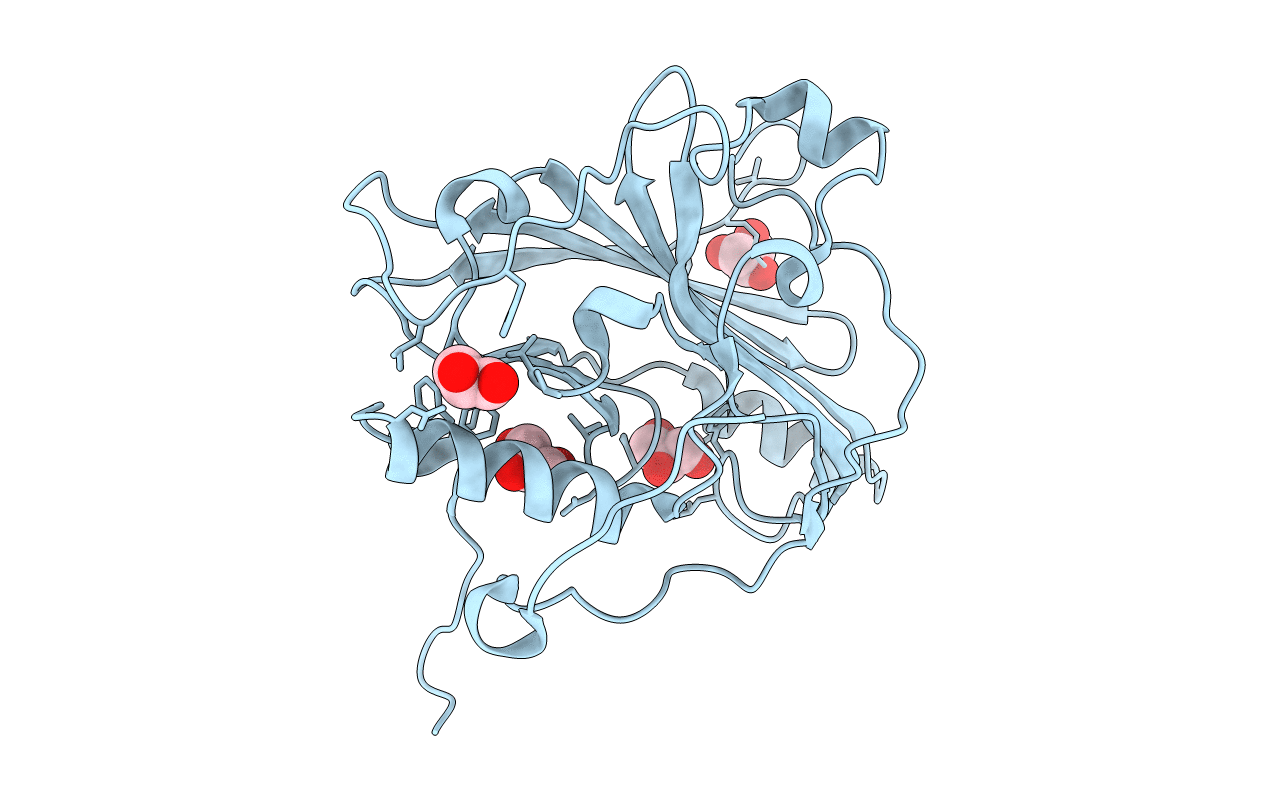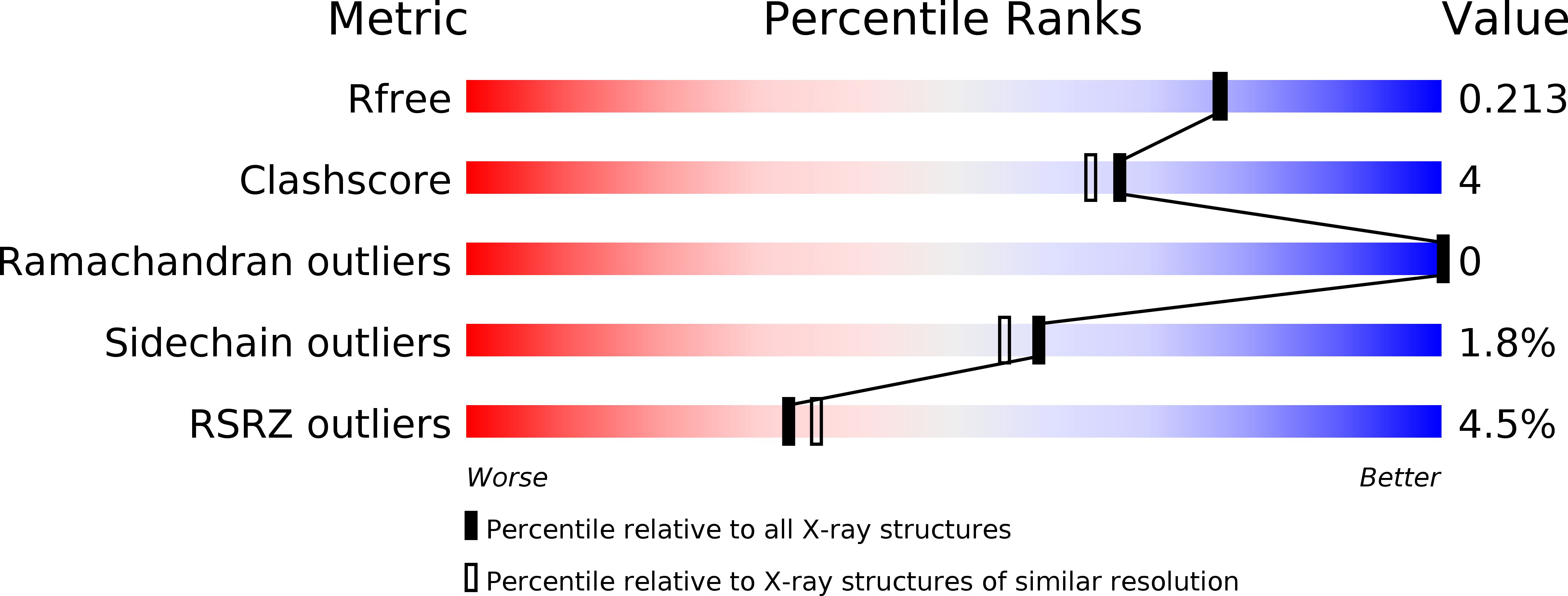
Deposition Date
2019-12-03
Release Date
2020-11-11
Last Version Date
2024-11-20
Entry Detail
PDB ID:
6TM8
Keywords:
Title:
Crystal structure of glycoprotein D of Equine Herpesvirus Type 4
Biological Source:
Source Organism:
Equid alphaherpesvirus 4 (Taxon ID: 10331)
Host Organism:
Method Details:
Experimental Method:
Resolution:
1.90 Å
R-Value Free:
0.21
R-Value Work:
0.17
R-Value Observed:
0.17
Space Group:
P 21 21 21


